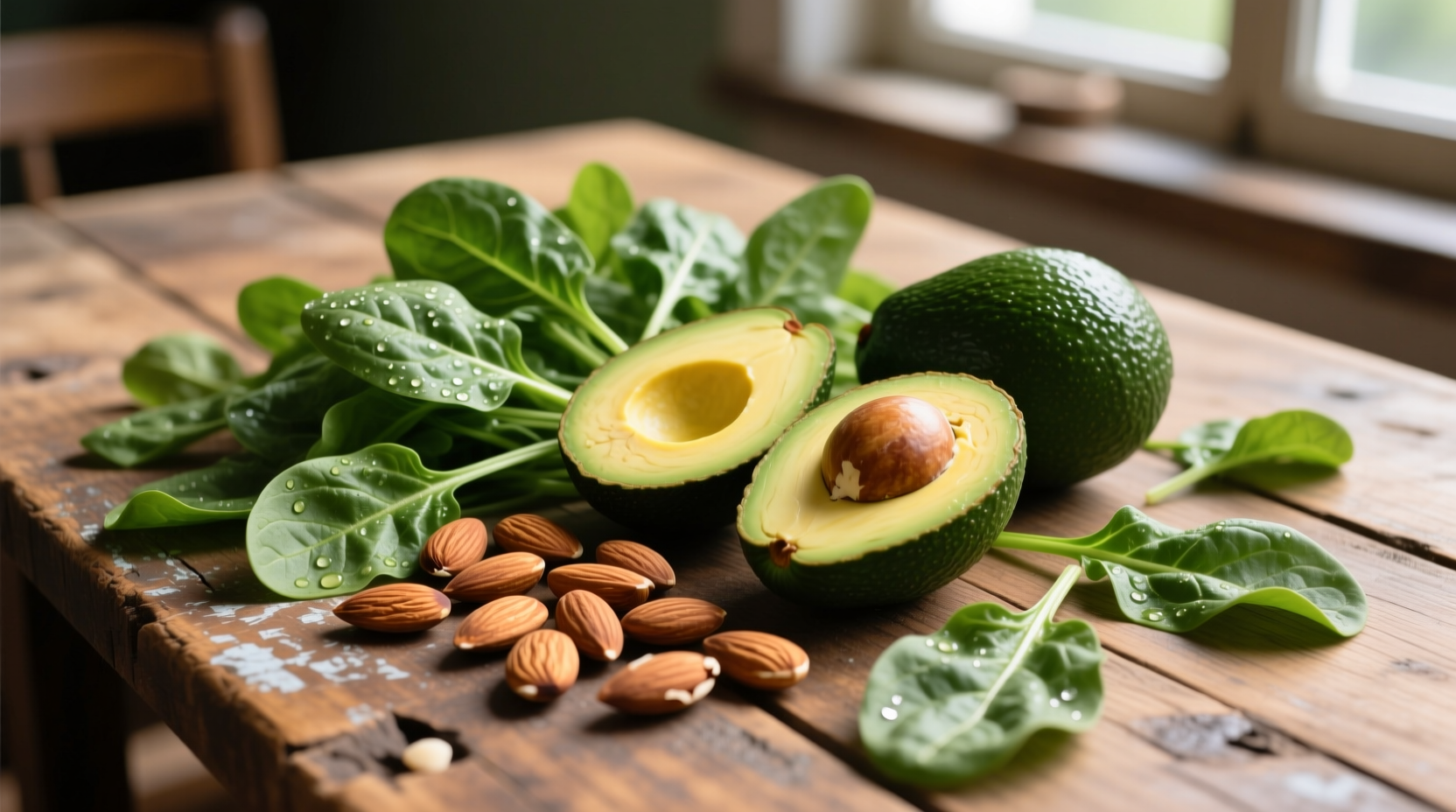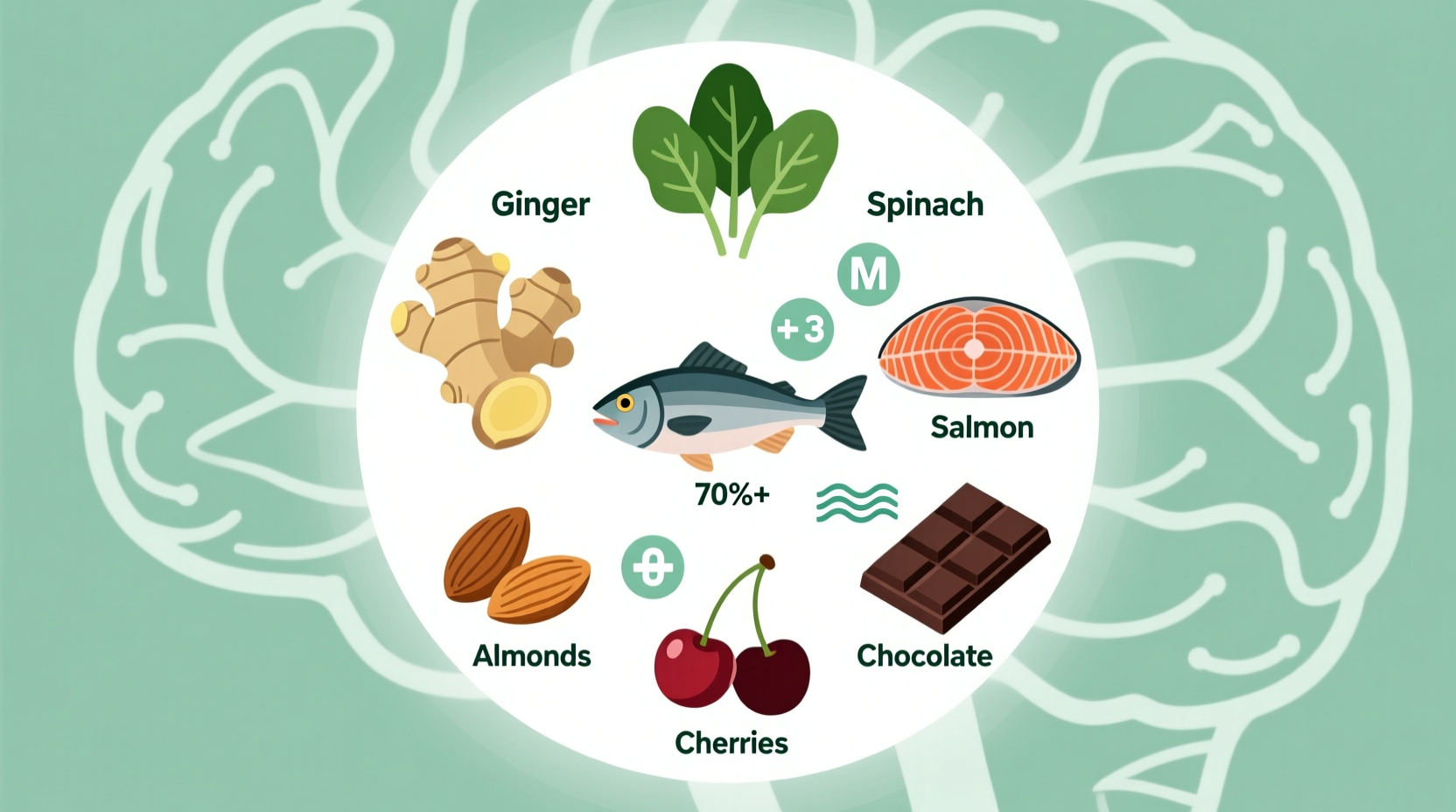Water, magnesium-rich foods like spinach and almonds, ginger, and omega-3 sources such as salmon are among the most effective foods that help headaches. These natural remedies work by addressing common headache triggers including dehydration, inflammation, and magnesium deficiency. Implementing these dietary solutions can reduce headache frequency and severity without medication side effects.
Understanding How Food Affects Headaches
Headaches affect nearly half of all adults globally, with dietary factors playing a significant role in both triggering and alleviating them. While medication provides quick relief, certain foods offer natural, sustainable solutions by addressing root causes like inflammation, dehydration, and nutrient deficiencies. The connection between diet and headaches isn't just anecdotal—multiple clinical studies confirm specific foods can reduce headache frequency by up to 50% when incorporated consistently.
Before exploring specific headache-relieving foods, it's crucial to recognize that severe or persistent headaches require medical evaluation. These dietary strategies work best as complementary approaches alongside professional healthcare guidance, particularly for chronic migraine sufferers.
Natural Headache Relief Through Your Diet
When headache symptoms begin, your immediate food choices can significantly impact recovery time and intensity. The following foods have demonstrated effectiveness through clinical research and should become staples in your headache management toolkit.
Hydration: The Foundation of Headache Prevention
Dehydration ranks as the #1 dietary headache trigger according to the National Institute of Neurological Disorders and Stroke. Even mild dehydration (as little as 1-2% body water loss) can trigger tension headaches.
Practical implementation: Start your day with 16 ounces of water before coffee. Add electrolytes to your water during hot weather or after exercise. Water-rich foods like cucumbers, watermelon, and celery provide hydration plus essential minerals that plain water lacks.
| Hydration Strategy | Headache Prevention Benefit | Implementation Tip |
|---|---|---|
| 16oz water upon waking | Prevents morning dehydration headaches | Add lemon for electrolyte balance |
| Electrolyte-enhanced water | 2x more effective than plain water | Use natural sources like coconut water |
| Water-rich produce | Provides hydration plus headache-fighting nutrients | Eat cucumber slices with meals |
Magnesium Powerhouses
Magnesium deficiency affects nearly 50% of migraine sufferers according to research published in Nutrients Journal. This essential mineral regulates neurotransmitters and blood vessel function—both critical in headache development.
Top magnesium sources: Spinach (providing 39% of daily needs per cup cooked), almonds (19% per ounce), black beans (15% per half cup), and avocado (10% per half fruit). For acute headache relief, consider magnesium glycinate supplements (400-600mg) after consulting your healthcare provider.

Ginger: Nature's Anti-Inflammatory
Ginger contains potent compounds called gingerols that inhibit prostaglandins—chemicals involved in pain and inflammation pathways. A 2020 study in Phytotherapy Research found ginger powder as effective as sumatriptan for migraine relief, with fewer side effects.
Practical application: When headache symptoms begin, try 500-1000mg of ginger powder in warm water, or chew on a thin slice of fresh ginger. Incorporate ginger into daily meals through stir-fries, smoothies, or tea to prevent headaches from developing.
Omega-3 Rich Foods for Long-Term Relief
Fatty fish like salmon, mackerel, and sardines provide EPA and DHA omega-3s that reduce inflammation throughout the body. Research from the Johns Hopkins Headache Center shows regular consumption can decrease headache frequency by 30-40% over 12 weeks.
Implementation strategy: Aim for two 3-ounce servings of fatty fish weekly. For plant-based options, incorporate chia seeds, flaxseeds, and walnuts, though these provide ALA omega-3s which convert less efficiently to the active forms.
When Food Solutions Reach Their Limits
While these dietary approaches help many headache sufferers, certain situations require immediate medical attention. Recognize these red flags:
- Sudden, severe "thunderclap" headaches
- Headaches with fever, stiff neck, or confusion
- Headaches following head injury
- First-time severe headaches after age 50
For chronic migraine sufferers (15+ headache days monthly), work with a healthcare provider to develop a comprehensive management plan. Dietary changes often work best alongside other approaches like stress management and sleep optimization.
Building Your Headache-Prevention Meal Plan
Create sustainable dietary habits rather than waiting for headaches to strike. Start with these practical steps:
- Begin each day with hydrating foods like watermelon or cucumber
- Include one magnesium-rich food at every meal
- Replace processed snacks with omega-3 rich options like walnuts
- Keep ginger tea readily available for early headache symptoms
- Track food and headache patterns using a simple journal
Consistency matters more than perfection—incorporating just 2-3 of these strategies consistently yields better results than occasional perfect implementation.
What is the fastest natural food remedy for an immediate headache?
Ginger provides the fastest relief—consume 500-1000mg of ginger powder in warm water at headache onset. Research shows it can reduce pain within 30 minutes by inhibiting inflammatory pathways. Water with electrolytes also provides quick relief for dehydration-related headaches.
How long does it take for dietary changes to reduce headache frequency?
Most people notice improvement within 4-6 weeks of consistent dietary changes. Magnesium-rich foods and omega-3 sources typically show effects in 30-90 days, while hydration improvements can provide immediate benefits for dehydration-triggered headaches.
Which foods commonly trigger headaches that I should avoid?
Common headache-triggering foods include aged cheeses (tyramine), processed meats (nitrates), alcohol (especially red wine), artificial sweeteners like aspartame, and monosodium glutamate (MSG). Individual triggers vary, so maintaining a food-headache journal helps identify personal sensitivities.
Can coffee help or worsen headaches?
Coffee has dual effects—it can relieve headaches in small amounts (due to caffeine's vasoconstrictive properties) but often triggers rebound headaches when consumed regularly or in excess. For headache-prone individuals, limiting coffee to 1-2 cups before noon and maintaining consistent hydration helps prevent caffeine-related headaches.
Are there specific foods that help tension headaches versus migraines?
Tension headaches respond best to hydration and magnesium-rich foods like leafy greens and nuts. Migraines often benefit more from anti-inflammatory foods like ginger and omega-3 sources. However, individual responses vary significantly, so tracking personal responses to different foods provides the most reliable guidance.











 浙公网安备
33010002000092号
浙公网安备
33010002000092号 浙B2-20120091-4
浙B2-20120091-4